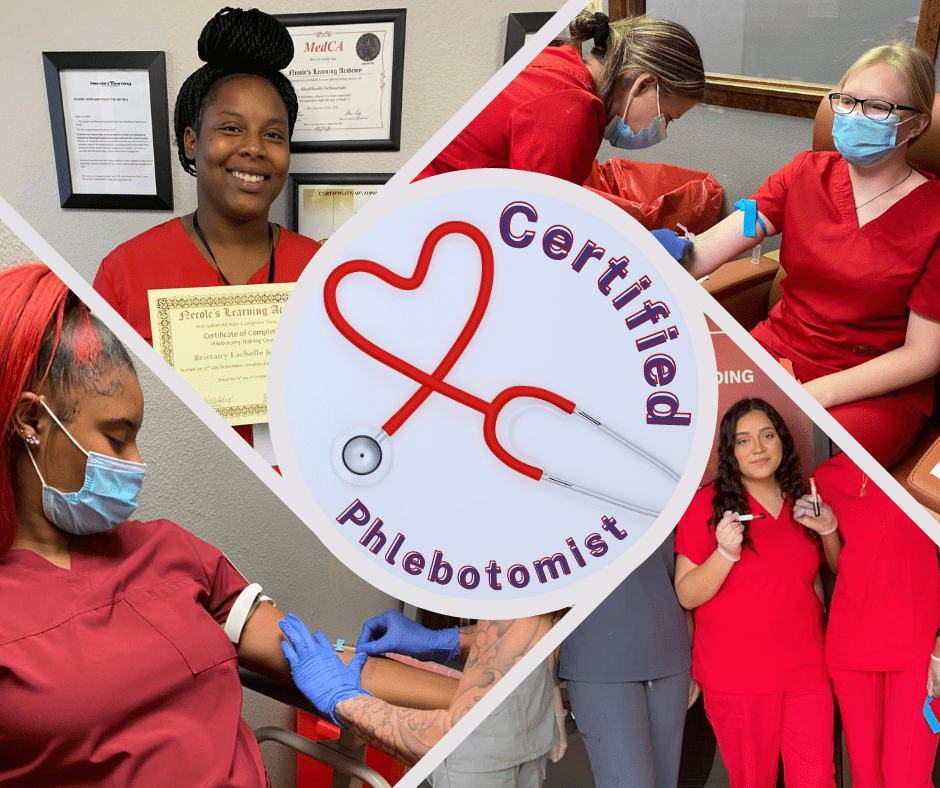How long does it take to become a Phlebotomist?

Phlebotomists are essential healthcare workers. They perform needed tests to help doctors diagnose and treat their patients. In this blog post, we'll explore how long it takes to become a phlebotomist and understand its time frame.
Phlebotomy certification
Certification is not always a requirement, depending on the state you live in. It's a voluntary process that demonstrates knowledge and skill in a particular area. Getting a certification increases your chance of finding better jobs, keeping patients safe, and advancing your career.
The steps of taking your phlebotomy certification can vary depending on your state’s requirements and the certifying organization. In most cases, you’ll do the following:
-
Choose a certification organization and select the specific certification exam you want to take.
-
Meet the eligibility requirements. This may include completing an accredited phlebotomy training program or gaining a certain amount of work experience.
-
Register for the exam online or by mail, and pay the exam fee.
-
Schedule a testing appointment at a designated testing center.
-
Take the exam on the scheduled date and receive your exam results.
Here's a list of the nationally-recognized professional organizations:
-
National Association for Health Professionals (NAHP)
-
National Center for Competency Testing (NCCT)
-
National Healthcareer Association (NHA)
-
American Society of Phlebotomy Technicians (ASPT)
-
American Society for Clinical Pathology (ASCP)
-
American Medical Technologists (AMT)
-
American Certification Agency (ACA)
Phlebotomy license
Licensure is a legal requirement to practice in a certain field. Phlebotomy licensure agencies and requirements vary by state. Some states that need licensure for phlebotomists include California, Louisiana, Nevada, and Washington. If you're in one of these states, you may need a certification to get a license.
Below is the process for taking your licensure examination:
-
Check the licensure requirements for your state to determine if a licensure exam is required to practice as a phlebotomist.
-
Meet the eligibility requirements, which may include completing an accredited phlebotomy training program or gaining a certain amount of work experience.
-
Apply for a license with the appropriate state agency and pay any required fees.
-
Schedule a testing appointment at a designated testing center if a licensure exam is required.
-
Take the exam on the scheduled date and receive your exam results.
It's important to note that the specific steps and requirements for the licensure exam may vary depending on the organization and state in which you plan to practice as a phlebotomist.
Final Thoughts
Overall, it may take anywhere from 4 to 8 months to become a phlebotomist and up to a year with certifications and licensing. Start a rewarding career in healthcare and make an impact on the lives of others!

Fel is a student support representative who guides enrollees to the right program and answers their queries. She's committed to helping students and takes pride in her work. In her free time, she enjoys sightseeing and hanging out with loved ones.




